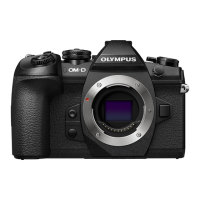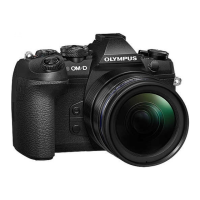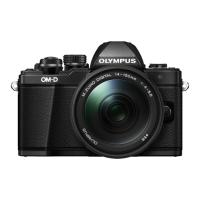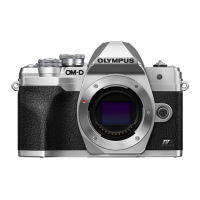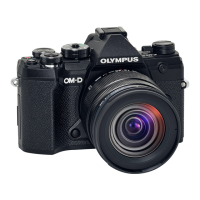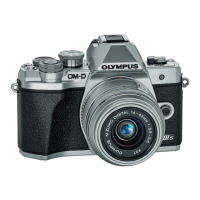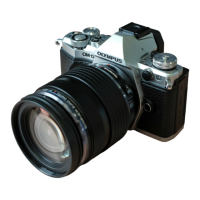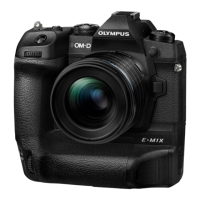53
EN
Shooting
2
Reducing camera shake ( Image Stabilizer)
You can reduce the amount of camera shake that can occur when shooting in low light
situations or shooting with high magnifi cation.
The image stabilizer starts when you press the shutter button halfway.
1
Press the Q button to display the LV super control
panel.
2
Use FGHI to select the image stabilizer.
3
Use the front dial to select an option.
H
F
+
RAW
FullHD
sRGB
+0.8
A
+
1
Natural
G
+
1
S
-
AF
F
250250 F5.6
1:02:031:02:03
10231023
0.00.0
100
%
+
1
+
1
S
Normal
S-IS Auto
M-IS Auto
WB
Auto
ISO
Auto
IS Mode
n
Image
Stabilizer
K
Image
Stabilizer
Still
picture
(S-IS)
OFF Still-I.S. Off
Image stabilizer is off.
S-IS
AUTO
Auto I.S.
The camera detects the panning direction and applies
the appropriate image stabilization.
S-IS1
All Direction
Shake I.S.
Image stabilizer is on.
S-IS2
Vertical Shake
I.S.
Image stabilization applies only to vertical (Y)
camera shake.
S-IS3
Horizontal
Shake I.S.
Image stabilization applies only to horizontal (Z)
camera shake. Use when panning the camera
horizontally with the camera held in portrait orientation.
Movie
(M-IS)
OFF Movie-I.S. Off
Image stabilizer is off.
M-IS1
All Direction
Shake I.S.
The camera uses both sensor shift (VCM) and
electronic correction.
M-IS2
All Direction
Shake I.S.
The camera uses sensor shift (VCM) correction only.
Electronic correction is not used.
Using lenses other than Micro Four Thirds/Four Thirds System lenses
You can use focal length information to reduce camera shake when shooting with lenses that
are not Micro Four Thirds or Four Thirds system lenses.
• Set [Image Stabilizer], press the Q button, press the INFO button, then use FGHI to
select a focal length, and press the Q button.
• Choose a focal length between 0.1 mm and 1000.0 mm.
• Choose the value that matches the one printed on the lens.
• The image stabilizer cannot correct excessive camera shake or camera shake that occurs
when the shutter speed is set to the slowest speed. In these cases, it is recommended
that you use a tripod.
• When using a tripod, set [Image Stabilizer] to [OFF].
• When using a lens with an image stabilization function switch, priority is given to the lens
side setting.
• When priority is given to the lens side image stabilization, [S-IS1] is used instead of [S-IS
AUTO].
• You may notice an operating sound or vibration when the image stabilizer is activated.
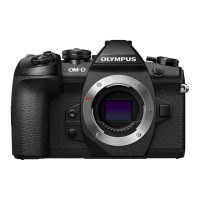
